Increasing Safety Regulations
The Helmets Market is experiencing a notable surge in demand due to the implementation of stringent safety regulations across various sectors. Governments and regulatory bodies are increasingly mandating the use of helmets in activities such as cycling, motorcycling, and construction. This regulatory push is aimed at reducing head injuries and fatalities, thereby enhancing public safety. As a result, manufacturers are compelled to innovate and produce helmets that meet or exceed these safety standards. The market is projected to grow at a compound annual growth rate of approximately 5.5% over the next few years, driven by these regulatory requirements. Consequently, the Helmets Market is likely to witness a proliferation of advanced helmet designs that prioritize safety without compromising comfort and style.
Rising Awareness of Head Injuries
There is a growing awareness regarding the risks associated with head injuries, which is significantly influencing the Helmets Market. Educational campaigns and advocacy from health organizations have highlighted the importance of wearing helmets in various activities, including sports and recreational biking. This heightened awareness is leading to increased consumer demand for helmets that offer superior protection. Market data indicates that the sales of helmets have risen by approximately 20% in the last year alone, reflecting a shift in consumer behavior towards prioritizing safety. As more individuals recognize the potential consequences of head injuries, the Helmets Market is expected to expand, with manufacturers focusing on developing helmets that incorporate advanced materials and technologies to enhance protection.
Sustainability and Eco-Friendly Materials
The Helmets Market is increasingly influenced by the demand for sustainability and eco-friendly materials. Consumers are becoming more conscious of their environmental impact, prompting manufacturers to explore sustainable alternatives in helmet production. This includes the use of recycled materials and biodegradable components, which not only appeal to environmentally aware consumers but also align with global sustainability goals. Market trends indicate that helmets made from eco-friendly materials are gaining traction, with a notable increase in sales over the past year. As the Helmets Market adapts to these changing consumer preferences, manufacturers are likely to invest in research and development to create innovative, sustainable helmet solutions. This shift towards sustainability may also enhance brand loyalty, as consumers are more inclined to support companies that prioritize environmental responsibility.
Technological Innovations in Helmet Design
The Helmets Market is witnessing a transformative phase driven by technological innovations in helmet design. Manufacturers are increasingly integrating advanced materials, such as carbon fiber and impact-absorbing foams, to enhance the protective capabilities of helmets. Additionally, features such as built-in communication systems, ventilation mechanisms, and customizable fit options are becoming more prevalent. These innovations not only improve safety but also enhance user experience, making helmets more appealing to consumers. Market analysts suggest that the introduction of smart helmets, equipped with augmented reality and connectivity features, could further revolutionize the industry. As these technologies continue to evolve, the Helmets Market is likely to attract a broader consumer base, including tech-savvy individuals seeking multifunctional headgear.
Growth of Adventure Sports and Recreational Activities
The Helmets Market is benefiting from the increasing popularity of adventure sports and recreational activities. As more individuals engage in activities such as mountain biking, skateboarding, and skiing, the demand for specialized helmets is on the rise. This trend is further fueled by the influence of social media and the growing culture of outdoor activities, which encourages participation in sports that require protective gear. Market data reveals that the segment for sports helmets has expanded significantly, with a projected growth rate of 6% annually. Consequently, manufacturers are focusing on creating helmets that cater to specific sports, incorporating features that enhance performance and safety. This diversification within the Helmets Market is likely to continue, as more consumers seek helmets tailored to their active lifestyles.


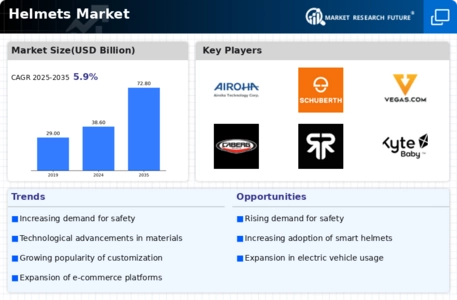
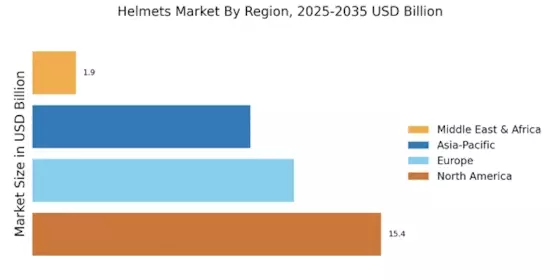

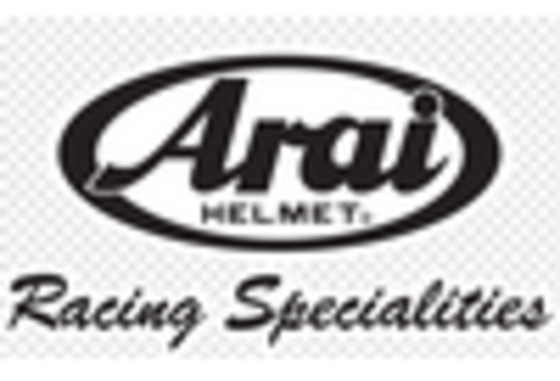
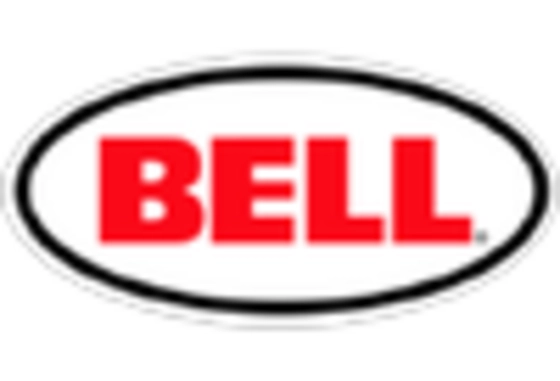
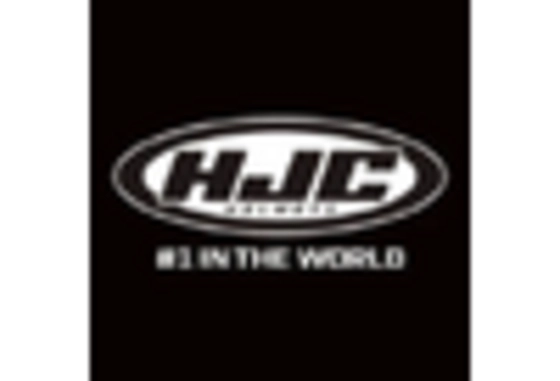
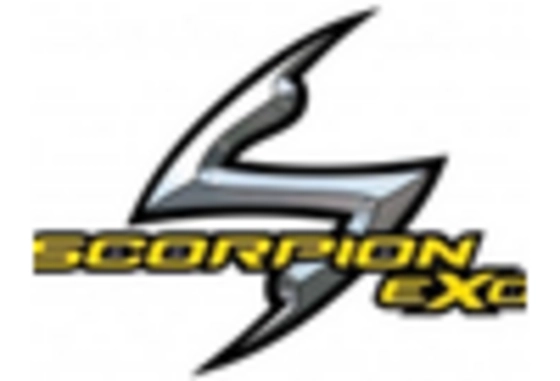
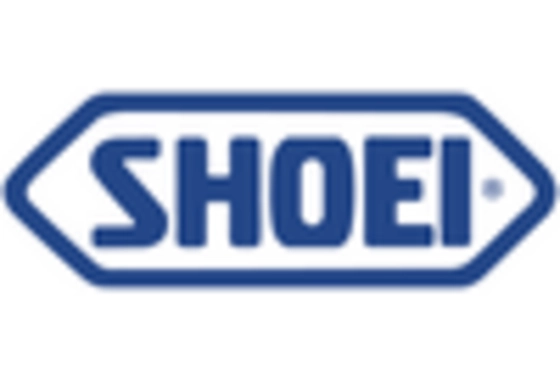








Leave a Comment